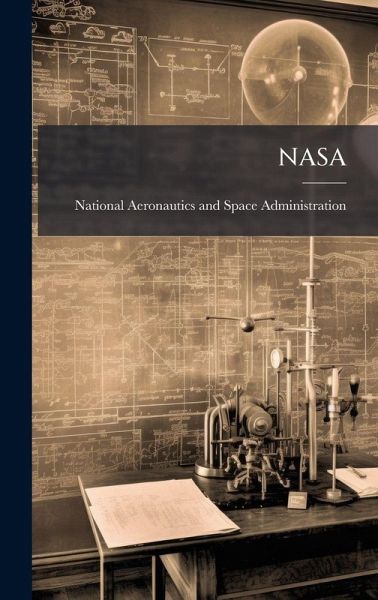
NASA
Versandkostenfrei!
Versandfertig in über 4 Wochen
28,99 €
inkl. MwSt.

PAYBACK Punkte
14 °P sammeln!
The Lunar Nautics Educator Guide has 40 activities. Students assume roles of workers at Lunar Nautics Space Systems, Inc., a fictional aerospace company specializing in mission management, lunar habitat and exploration design, and scientific research. This guide features lessons that address the basics of Newton's Laws of Motion, rocket design, microgravity, and the moon. Students will design, test and analyze a model lunar lander, a robot, and a soda bottle rocket. Other activities include building edible models of spacecraft and a solar oven to cook hot dogs. Students can also build a microg...
The Lunar Nautics Educator Guide has 40 activities. Students assume roles of workers at Lunar Nautics Space Systems, Inc., a fictional aerospace company specializing in mission management, lunar habitat and exploration design, and scientific research. This guide features lessons that address the basics of Newton's Laws of Motion, rocket design, microgravity, and the moon. Students will design, test and analyze a model lunar lander, a robot, and a soda bottle rocket. Other activities include building edible models of spacecraft and a solar oven to cook hot dogs. Students can also build a microgravity sled as part of an underwater activity. Educators can use this guide in a variety of settings or formats, such as week-long day camps, after-school programs, a classroom unit or as supporting curriculum. The Student Employment Handbook supplements the Lunar Nautics Educator Guide. The handbook contains the student sheets that accompany the lessons and activities in the educator guide. This work has been selected by scholars as being culturally important, and is part of the knowledge base of civilization as we know it. This work was reproduced from the original artifact, and remains as true to the original work as possible. Therefore, you will see the original copyright references, library stamps (as most of these works have been housed in our most important libraries around the world), and other notations in the work. This work is in the public domain in the United States of America, and possibly other nations. Within the United States, you may freely copy and distribute this work, as no entity (individual or corporate) has a copyright on the body of the work. As a reproduction of a historical artifact, this work may contain missing or blurred pages, poor pictures, errant marks, etc. Scholars believe, and we concur, that this work is important enough to be preserved, reproduced, and made generally available to the public. We appreciate your support of the preservation process, and thank you for being an important part of keeping this knowledge alive and relevant.












